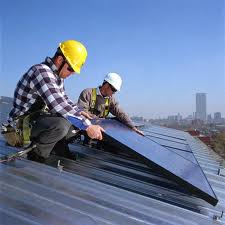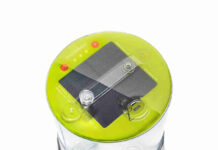
Introduction in energy efficiency:
Return on investment is a critical consideration when discussing solar photovoltaic installations. However, recent research sheds light on an often overlooked aspect: the energy efficiency benefits of solar panel shading. Let’s delve into this topic further.
The Study on energy effciency:
Researchers at the San Diego Jacobs School of Engineering, led by Professor Jan Kleissl, conducted a study using thermal infrared cameras. Their goal was to quantify the value of solar panel shading on building roofs. The study spanned three days in April, focusing on roofs with different sections: tilted panels, flush panels, and those without solar panels.
Key Findings to energy efficiency:
Reduced Air Conditioning Costs: Solar panel shading led to a significant reduction in air conditioning expenses. Specifically, it was equivalent to a 5% increase in electricity generated by the solar panels. This benefit arises from the moderated rooftop temperatures due to shading during the day.
Nighttime Thermal Effects: Interestingly, the shaded solar panels helped retain warmth within the building during the night. This effect contributed to lower heating requirements and improved overall energy efficiency.
Air Circulation and Heat Transfer: Panels with a tilt allowed for better air circulation beneath them, which reduced heat transfer to the building. This finding highlights the importance of panel orientation and design.
Beyond Solar Panels:
While solar panels play a crucial role, other conservation measures can enhance energy efficiency. Consider the following strategies:
Highly Reflective Roofing Materials or Paint: Opting for reflective surfaces can minimize heat absorption, keeping the building cooler and reducing cooling demands.
Improved Roof Insulation: Enhancing roof insulation helps maintain stable indoor temperatures, reducing the need for both heating and cooling.
Looking Ahead:
Future building designs should incorporate a deeper understanding of these benefits. Creating predictive models for solar panel shading effects will guide architects and engineers in optimizing energy-efficient designs. As technology advances, we can expect solar panels specifically engineered to maximize shade benefits while boosting overall energy efficiency.



